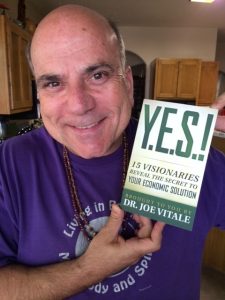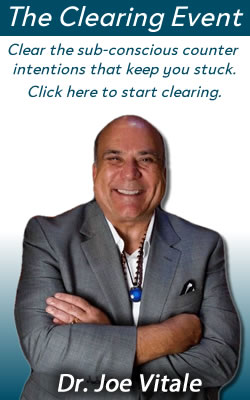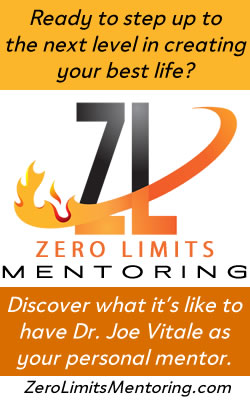Tag: homeslessness
A Formidable Partner
One of my greatest passions and ongoing commitments in life is Operation Y.E.S. (Your Economic Solution) – a platform to end homelessness by helping people create their own economic solution.
Fortunately, I don’t do this alone.
In fact, I have some formidable partners as committed as I am. One of them is the State Homeless Coordinating Committee for Utah.
They’re on it, you might say.
Since 2005, when they enacted their Ten Year Plan to End Chronic Homelessness, they’ve seen a decline of 74%.
That’s impressive.
In fact, it’s put Utah “at the forefront of the national effort to end chronic homelessness by 2015.”
Part of their success has come from their early adoption of the Housing First program, which offers housing without bias to the chronically homeless.
This means that instead of placing people into transition housing and requiring their participation in certain programs (such as for substance abuse or mental illness) before they can receive more help, Housing First recognizes housing as a basic right.
The homeless get off the streets first.
The homeless are given a place to live first.
What Utah discovered is that meeting this need increases stability – which in turn supports real change.
Oh, and it saves money — money the state (as taxpayers) would otherwise spend on emergency services and jail.
It’s a win-win.
But it’s not just the chronically homeless that benefit.
They’ve found that by focusing on this particular group it “improves coordination and planning for housing and services for all of the homeless.”
Call it a “trickle-down” effect.
Since families with children are often the victims of homelessness, I applaud this.
Unfortunately, it’s children who suffer exponentially when exposed to this kind of traumatic experience.
According to Utah’s 2013 Comprehensive Report on Homelessness, “Children are particularly vulnerable to the adverse effects of homelessness. Homelessness often interrupts schooling and the development of positive peer and mentoring relationships. Homeless children frequently experience dangerous or unhealthy environments and may be more likely to experience homelessness as an adult.”
I believe education is a key to ending homelessness, both for the ones experiencing it and those who are not. Having faced it myself, I know that a major stumbling block resides in the many myths surrounding it.
Not surprisingly, Utah’s got that handled, too.
In their report, they identified the top four myths:
Myth #1 – People who are homeless stay homeless for a long time.
False: Only about 3% are considered chronically homeless.
Myth #2 – Most are single men.
False: Only 29% – the largest number are parents and children.
Myth #3 – The homeless population is transient, migrating to cities with the best services.
False: Nearly 90% were in Utah when they became homeless.
Myth #4 – They are to blame for their situation.
False: Many come from situations of abuse, illness and trauma.
In my own efforts to end homelessness and help people become self-sufficient and empowered through education, I started “Operation YES.”
With the help of Craig Perrine, we did a series of interviews with some amazing people who offered their expertise and know-how towards this mission. This series later became a manual called Operation Y.E.S.: Your Economic Solution.
Essentially, Operation YES is a 3-part formula designed to help people see beyond the limitations and the traditional categories. It’s all covered in detail in the manual, but the simple version is:
1. Raise or rebuild your self-esteem
2. Think like an entrepreneur
3. Leverage the Internet
If you have a desire to be a part of the solution to end homelessness, you can get your own copy of the manual at no charge at http://www.OperationYes.com
Oh, and if you’re traveling this summer, I hope you’ll stop in Utah.
Let them know they’re doing great things there…:-)
Ao Akua,
Joe
PS — If you prefer a printed copy of “Operation YES,” it is available at Amazon for a small investment: http://www.amazon.com/Y-E-S-Visionaries-Reveal-Economic-Solution/dp/1499615426/
Resource: http://www.impacthomelessness.org/resources/docs/eis/Utah-Report-on-homelessness2013.pdf




